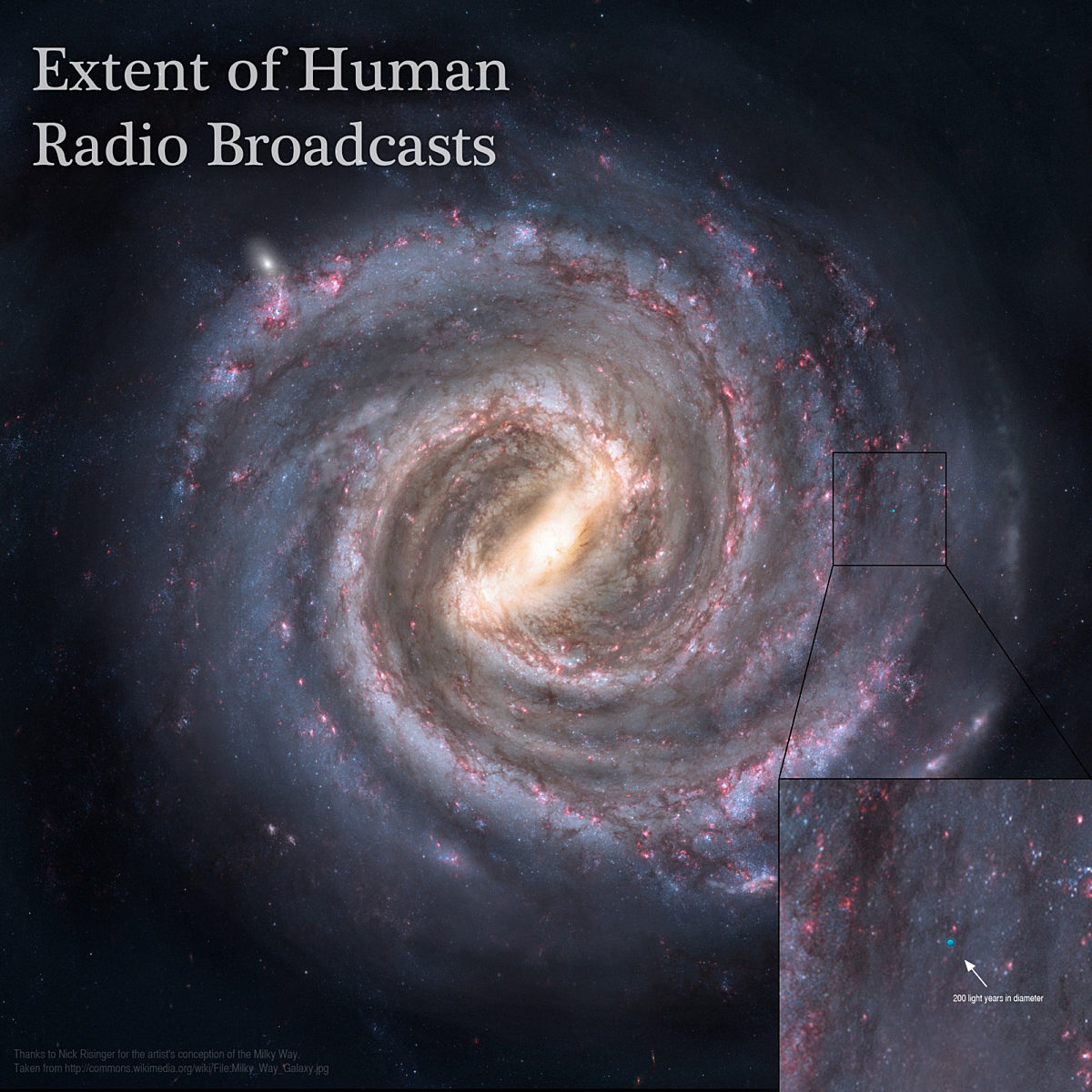All
All
Stories, updates, insights, and original analysis from The Planetary Society.
This is how far human radio broadcasts have reached into the galaxy
There is an ever-expanding bubble announcing Humanity's presence to anyone listening in the Milky Way.
Where are the big Kuiper belt objects?
Earlier today I wrote a post about how to calculate the position of a body in space from its orbital elements. I'm trying to get a big-picture view of what's going on in trans-Neptunian space.
The Scale of the Universe, by Cary and Michael Huang
Cary and Michael Huang present a basic
At last, I've finished my scale solar system presentation slide/poster
A presentation providing a correctly scaled, reasonably correctly colored view of the largest bodies in the solar system is made available for use by teachers, professors, and informal educators.
Scale solar system presentation slide, version 2
Last month I posted a preliminary version of a slide I was working on for use in my public presentations, a slide that contains everything in the solar system bigger than 400 kilometers across, and invited comment. I've listened to all of your comments and corrections and come up with a second version.
Scale solar system presentation slide, a provisional version for you to review
I'm preparing a talk for the Pacific Astronomy and Telescope Show here in Pasadena on Sunday afternoon at 1:45. I have spent the morning putting together a slide that I have long wanted to have for presentations.
Mercury: a moon-scale body
As I wait for the MESSENGER Mercury Orbit Insertion webcast to start, I thought I'd fiddle with some images to point out that Mercury is a bridge between the scales of planets and the scales of moons.
How does Lutetia compare to the other asteroids and comets visited by spacecraft?
Almost a week after Rosetta flew past Lutetia, the asteroid is now a distant pinprick of light to the spacecraft, and the science team is getting down to the business of analyzing their data.


 Explore Worlds
Explore Worlds Find Life
Find Life Defend Earth
Defend Earth


 Sun
Sun Mercury
Mercury Venus
Venus Earth
Earth Mars
Mars Jupiter
Jupiter Saturn
Saturn Uranus
Uranus Neptune
Neptune Small Bodies
Small Bodies





